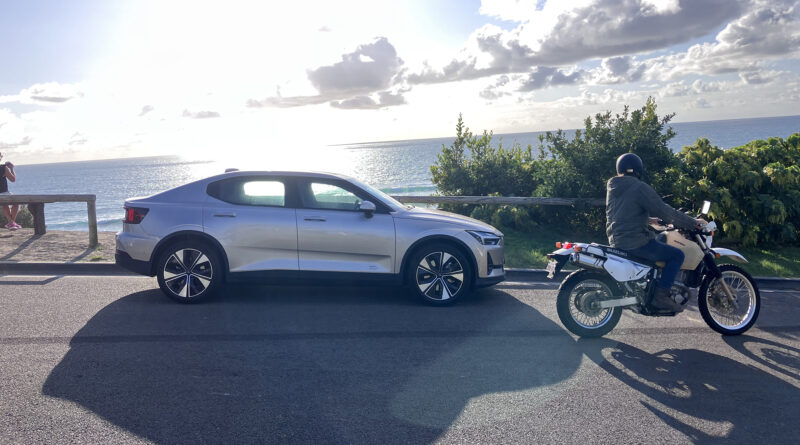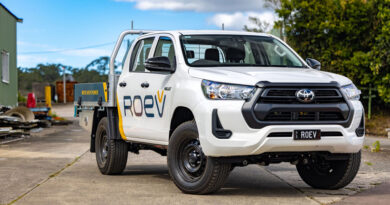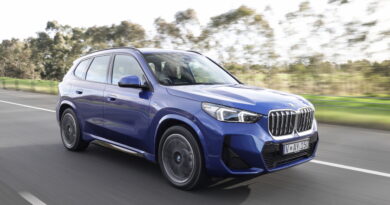Polestar 2 AWD or 2WD: Which one should you buy?
It’s a tempting-looking EV, the Polestar 2.
You’ve no doubt seen the adverts: Pure Design. And it’s not hyperbole. The 2 is a sleek, sportily purposeful unit oozing sexy Scandi vibes.
Tempted to buy one? With the entry-level single motor Standard Range 2 weighing in at $63,900 before on-roads, it looks fair money for a premium five door fastback.
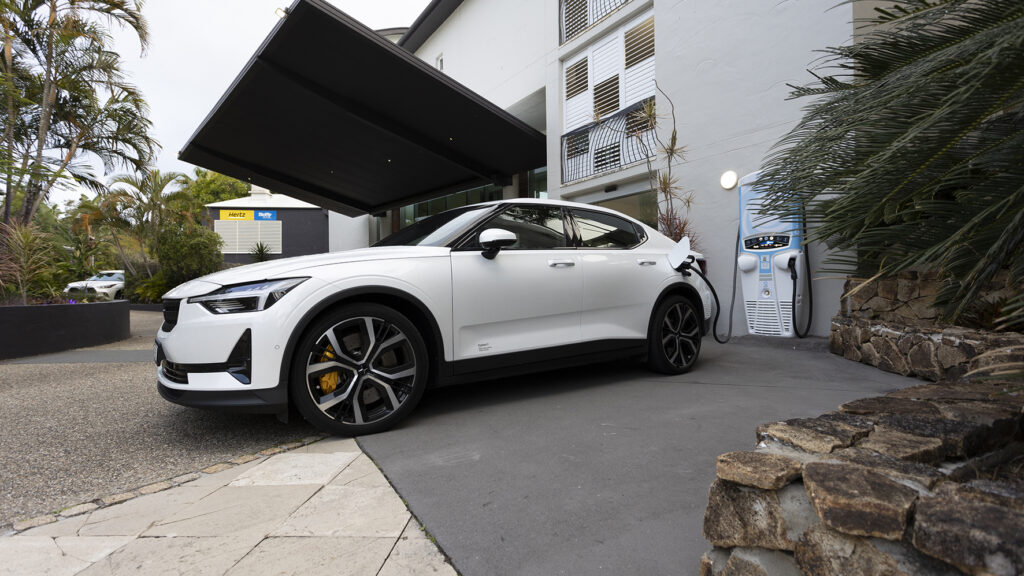
Buyers have agreed. The Polestar 2 was Australia’s fourth best-selling EV of 2022, behind only Tesla’s Model 3 and Model Y, plus the cheapie disruptor BYD Atto 3.
Had availability been better, and if Hertz hadn’t snapped up thousands of them globally, Polestar sales would have been far higher than the 1524 shifted last year.
We’ve family tested both the dual motor Polestar 2 and the single motor version, and in this article we’ll explain the key difference between the models, and if it’s worth spending the extra money on the all-wheel-drive version.
Buying a Polestar 2
So, what should potential buyers know? Our extensive group test of sub-$80,000 EVs saw the Tesla Model 3 finish ahead of the Polestar (and Kia EV6 and Hyundai Ioniq 5), but we declared it the “closest to a true luxury car here.”
That could be of key importance to many buying in this price bracket, and we must acknowledge there are EV adopters who simply don’t want a Tesla, as good as they are.
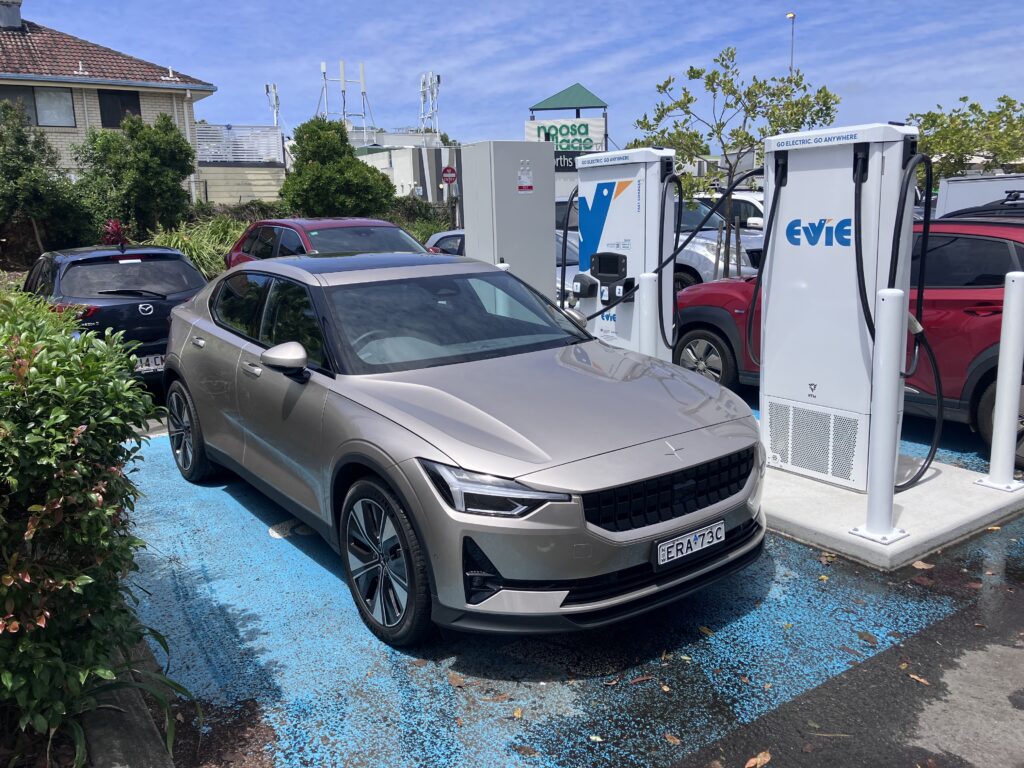
Importantly for those shopping now, be aware the Polestar 2 will be updated this year, with orders expected to open in July 2023 and deliveries starting from around September. There’ll be more range, power and safety, but the biggest change is the 2WD version’s driven wheels will shift from the front to the rear.
A price rise will inevitably land at the same time, with the best estimate at up to $5000 over current numbers.
AWD vs 2WD: The differences
The Polestar 2 2WD with Standard Range (478km WLTP) is $63,900 plus on-roads; the 2WD with Long Range battery (551km) is $68,400 plus charges, while the dual motor AWD Long Range (487km) is $73,400 before charges.
Drive-away charges vary between states, as do potential rebates and incentives.
The entry-level has a 69kWh battery, energy use is 16.5kWh/100km and the single motor offers 170kW/330Nm to bring 100km/h up in 7.4 seconds and on to a maximum of 160km/h.
The Long Range 2WD version matches these performance figures, but the extra weight from the 78kWh battery means consumption’s up to 17kWh/100km.
The AWD Dual Motor is a proper performance Polestar. It uses the same 78kWh battery, but the two motors combine for 300kW and 660Nm, the ton is up in just 4.7 seconds, and it’ll power on to 205km/h if you have the urge.
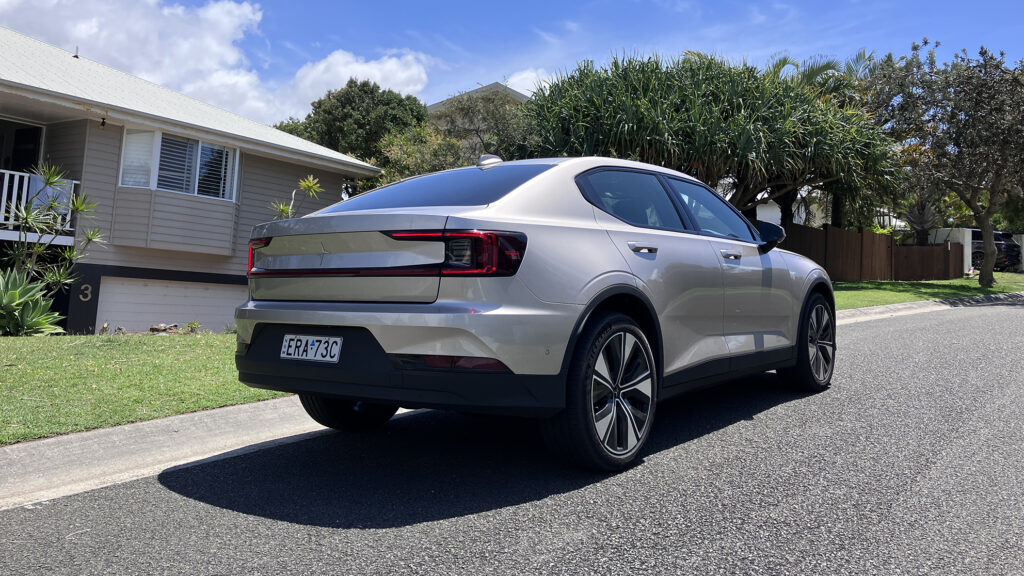
The challenge, as ever, is demand. As I write, Polestar has closed order books for newly configured cars, but there are preconfigured ones available for near immediate delivery.
And they don’t miss you. All up for grabs have options packs ticked, pushing drive away prices for a Long Range 2WD to over $80,000 on the road, and Dual Motor AWDs over $95,000 drive-away. There are currently no Standard Range 2WDs on Polestar’s website.
This is where Tesla Model 3 availability and short wait times are serious trump cards.
Comparing the 2WD and AWD
If you plump for the 2WD, it’s the buyers decision alone if the extra 74km range brought by the Long Range battery is worth an extra $4500.
Work out how often you’ll need to travel more than 478km without a decent charging stop. Rarely if ever for most, but that 551km range does a great job of placating those prone to range anxiety.
The bigger battery brings no extra power or performance, but its DC charging capacity is up to 150kW rather than the Standard Range’s up to 130kW.
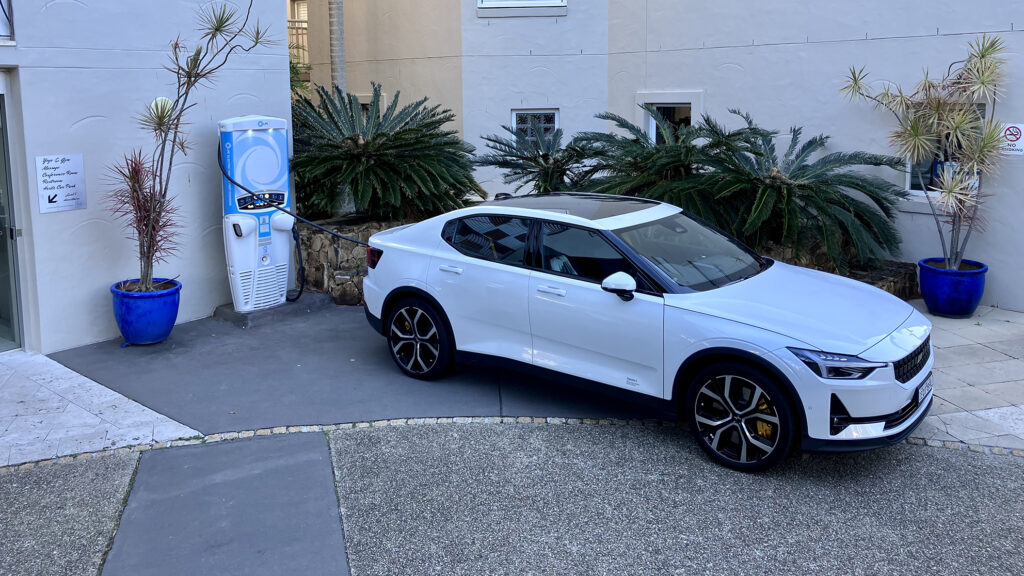
Both battery sizes DC charge in 37 minutes from 10-80 percent, and using 3-phase 16A AC, the same job’s done in eight hours (Long Range) and seven hours (Standard Range).
The Standard Range 2WD’s 478km is only 9km off the larger-batteried Long Range AWD’s 487km distance between charges. Yet price-wise, it’s an almost $10,000 jump.
Differences in specification between the 2WD and AWD
Polestar’s made this part easy. Your specification inclusions are identical no matter which 2 you choose. The price difference is merely there to cover different battery sizes, or the extra motor.
Key exterior equipment includes 19-inch alloys with Michelin Primacy 4 tyres, LED headlights, Thor’s Hammer daytime running lights, LED rear light bar, electric and heated side mirrors, soft close electric handsfree tailgate and keyless entry.
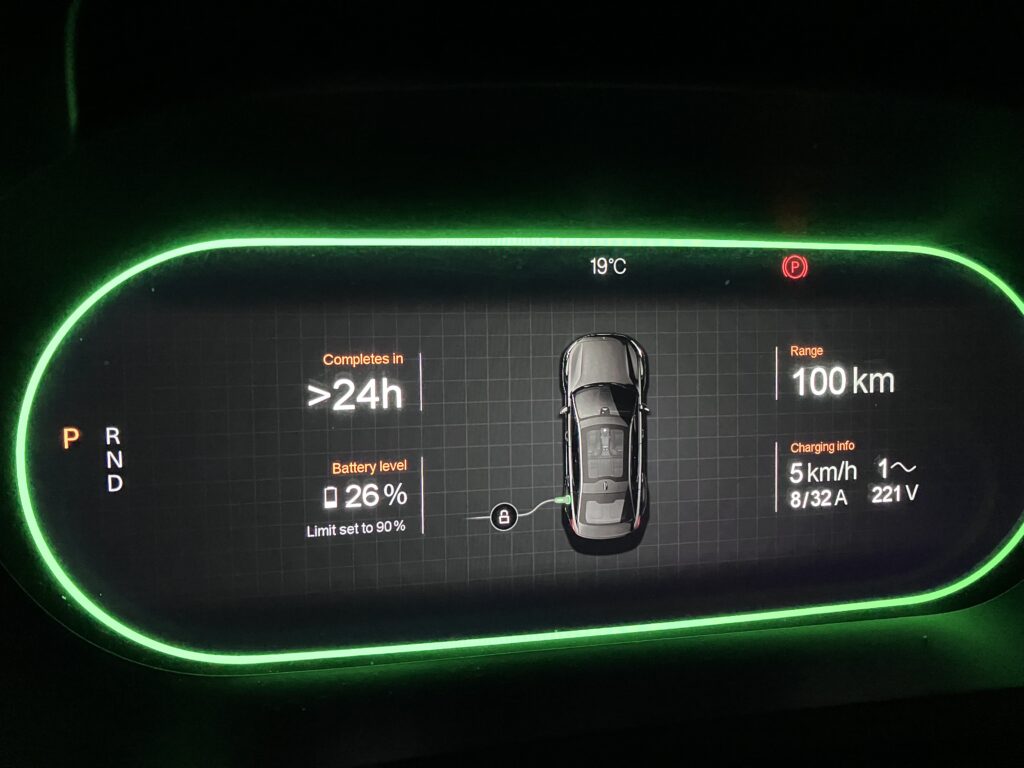
Inside there’s a 405L boot (plus a 41L frunk), embossed textile upholstery (vegan friendly if you like that stuff), part-electric front seats with driver’s seat memory, heated front seats, front and rear park assist, rear camera, two-zone climate control, hexagonal gear selector, textile floor mats and scheduled preconditioning for the climate when you’re parked.
The all-important infotainment uses a portrait (iPad-like) 11.15-inch centre display, which features the Android Automotive operating system (ergo, no need for Android Auto smartphone mirroring) with built-in Google browsing, Google Assistant, Google Maps and Google Play Store. Google service connectivity’s included for three years.
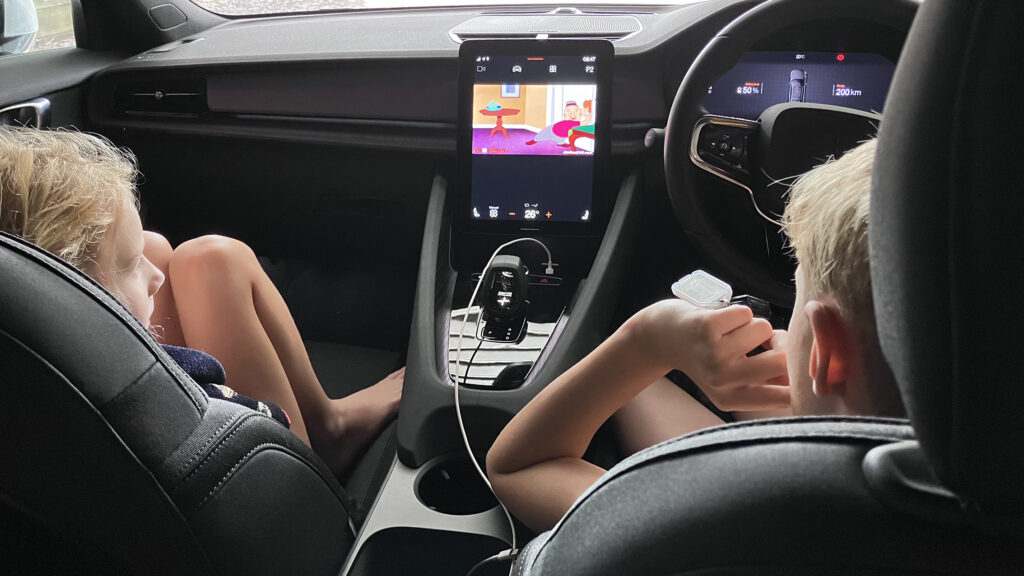
Having the likes of Google, Facebook, Wikipedia, YouTube and Disney Plus apps built-in holds plenty of appeal.
Wired Apple CarPlay now features in Polestar 2s after initially not being available.
Behind the steering wheel is a 12.3-inch digital driver display, there’s a 250W 8-speaker sound system, DAB+, integrated e-SIM with internet connectivity, two USB-C ports in the front and another two out back.
Safety’s reasonable, but you need to add a pack (see below) to make it comprehensive. Highlights include AEB with braking and steering support (it picks up vehicles, cyclists and pedestrians), forward collision warning, lane keep assist with steering support, road sign information and basic cruise control. But all Polestars lack a head-up display, which would be a welcome addition.
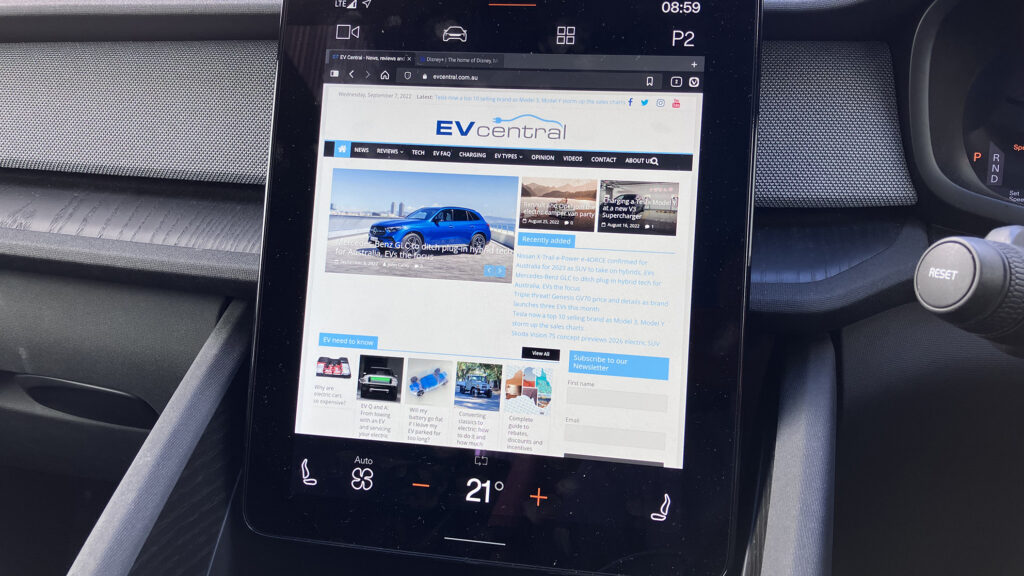
Cabin size is, of course, identical between the cars, and I’d recommend family buyers test the back seats before committing. Small kids will be fine, but space for teens and adults is compromised by the sloping roof. The rear seats are quite upright, and your head can bang against the side of the roof/door top when cornering.
Also consider this is a low car and getting into the back isn’t the easiest. The door frame and seat position mean you almost have to dogleg into position, twisting your body as you get in and out.

Add on packs to differentiate the two models
What the AWD dual motor does provide, however, is an optional $8000 Performance Pack. This is relevant to the AWD’s more sporting nature, and isn’t available to buyers of the 2WD.
This buys you 20-inch alloys shod in grippier Continental SportContact 6 rubber, 375mm Brembo brakes with four-piston callipers, Ohlins manually adjustable dampers and gold for the callipers, valve caps and seat belts.
Both 2WD and AWDs can be enhanced by a Plus Pack for $6000, or Pilot Pack Lite for $3400.
The Plus Pack has a fixed panoramic sunroof, Harman Kardon audio, “WeaveTech” seats in charcoal or slate, full electric seats, heated rear seats, an energy-saving heat pump, interior illumination, wireless phone charging and tinted rear windows.
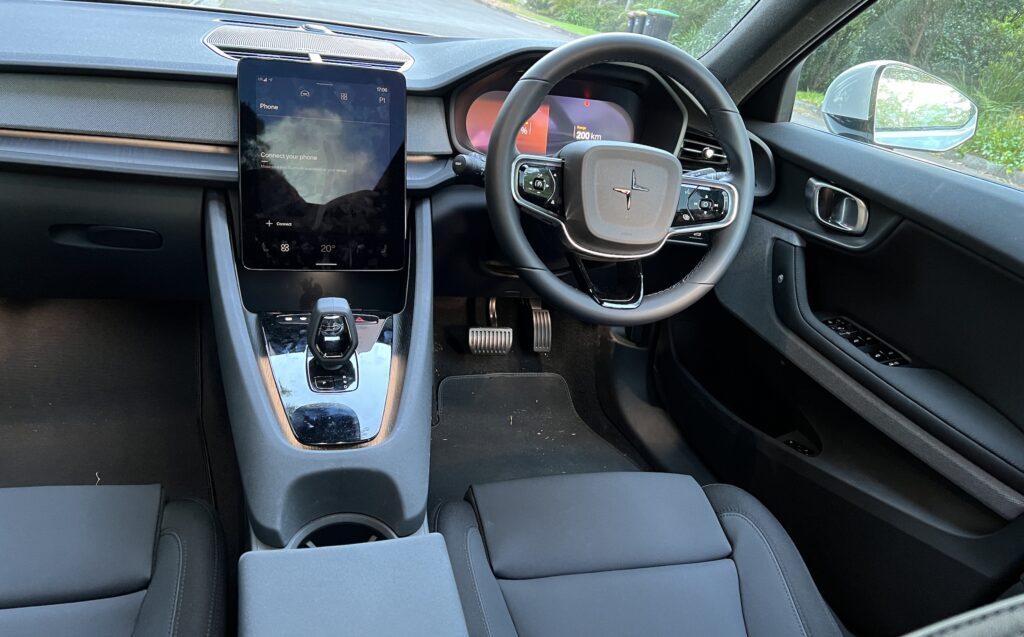
The Pilot Pack Lite boosts your safety. It brings blind spot information, cross traffic alert with brake support, rear collision warning and mitigation, radar cruise control, Pilot Assist with acceleration, braking and steering support up to 130km/h, emergency stop assist, 360-degree camera and LED front fog lights.
How do the 2WD and AWD drive?
On paper, the AWD should smash the 2WD out of the park – 4.7 seconds to 100km/h is a world away from 7.4 seconds.
But it’s not as dramatic a difference in the real world. This is down to the 2WD having incredible response and zesty enough performance from low speed. Stomp on the throttle and the single motor pulls the car forward with surprising verve.
It’s ideal to squirt in and out of traffic, feels quick off the mark and front-end wheelspin was always kept under tidy control.
The 2WD’s good fun without feeling terribly sporty, steering has reasonable weight (but feels a dash artificial), handling’s solid and you can confidently have fun chucking it through tight corners – the balance here is standout.
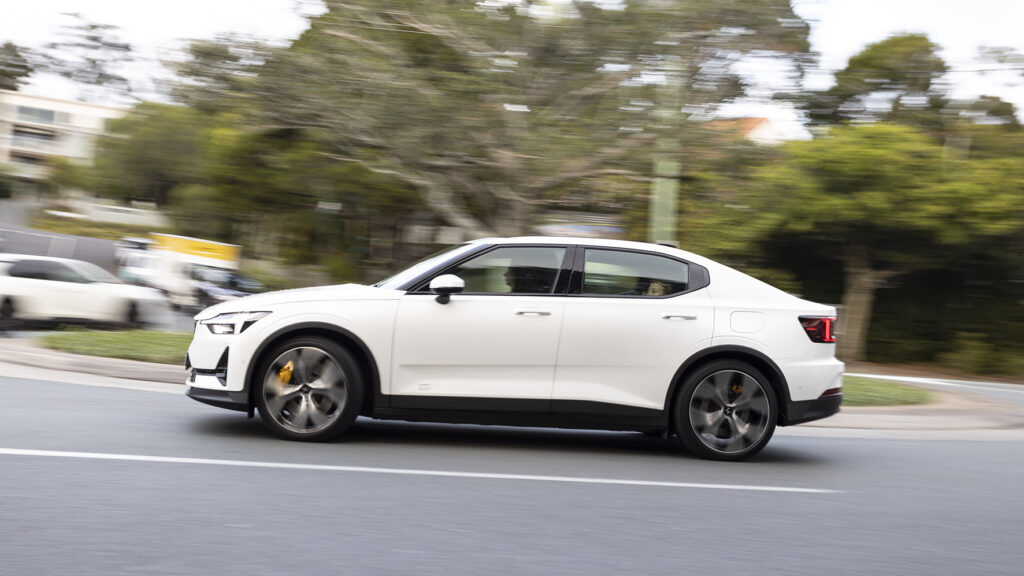
Do you really need ‘proper’ performance car acceleration? I’d say 90 per cent of buyers would be happy enough with the 2WD’s eagerness.
I won’t do down the AWD. Acceleration is unrelentingly rapid, and is kept impressively in check by the AWD and traction control. But it won’t blow your mind like a Tesla Model 3 Performance manages. And if you have experienced the raw thrill of doing 100km/h in under five seconds in a petrol car, I’m afraid doing so via electric power just doesn’t get the juices flowing the same way.
In short, the point-and-shoot rapid acceleration is fun at first, but many of us who regularly drive EVs soon tire of it. For many it’ll be a non-negotiable, but don’t eschew the cheaper 2WD just because you think it won’t deliver thrills.
Toby Hagon’s AWD review found the occasional “scrabble for traction” even with the Performance Pack’s sportier Continental rubber. My test found it was kept quite well in check, although gentle throttle was needed in the wet to prevent wheelspin.
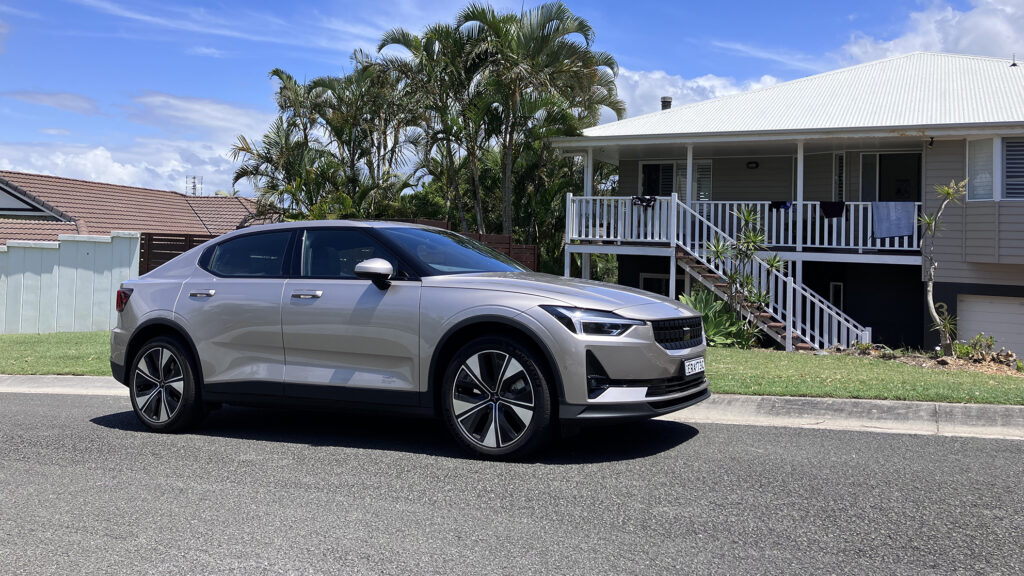
Both 2WD and AWD ‘2s’ are confident in corners, the car feeling well balanced and sitting beautifully flat. Really push things and the AWD feels the more composed and grippier, but both versions start tyre squealing earlier than you’d expect if you’re used to a sporting sedan.
Weight is no doubt a factor here. The 2WD is 1938kg (1994kg with Long Range battery), and the AWD a chunky 2113kg. Big difference next to something like a 1515kg BMW 320i.
As for comfort, the 2WD and AWD both have a stiff ride. This is your trade off for its dynamic capabilities, and while the ride isn’t crashy, neither can it be described as plush.
Conclusion
Despite the extra motor and on-paper far quicker 0-100km/h sprint time, the 2WD and AWD Polestar 2s feel surprisingly similar to drive and live with.
Having the same standard specifications (if you leave the options packs alone) is a prime factor here, but until you’re on the open road it’s very hard to know you’re driving different cars.
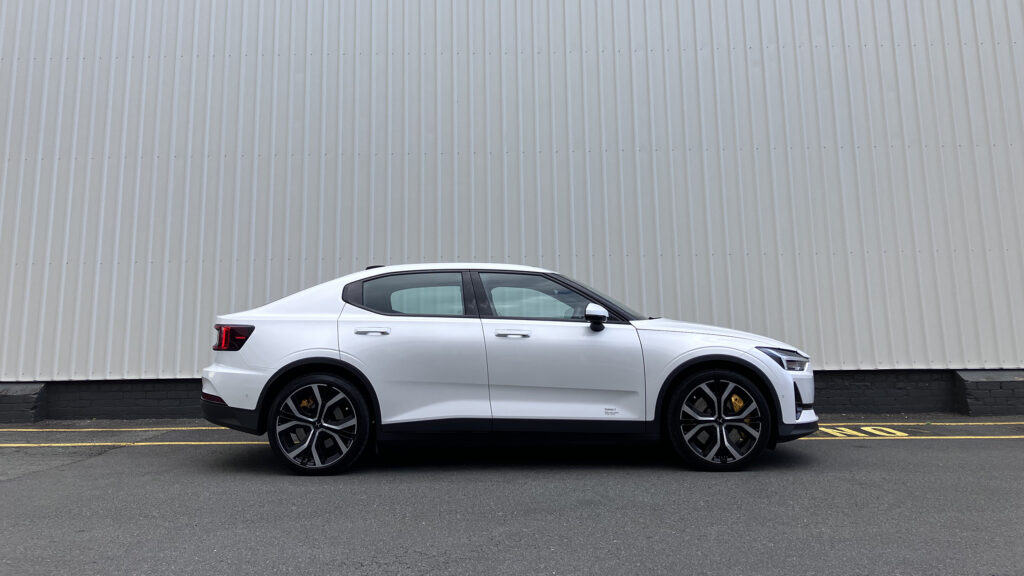
In town, there’s ample instant shove in the 2WD – you genuinely need no more for the urban life.
The AWD is the more athletic and fun-bringing on a fast bit of road, but many owners won’t use their Polestar 2 this way.
It’s a compelling EV no matter which one you pick, but be aware there’s very little penalty in saving $10,000 and opting for the 2WD.

